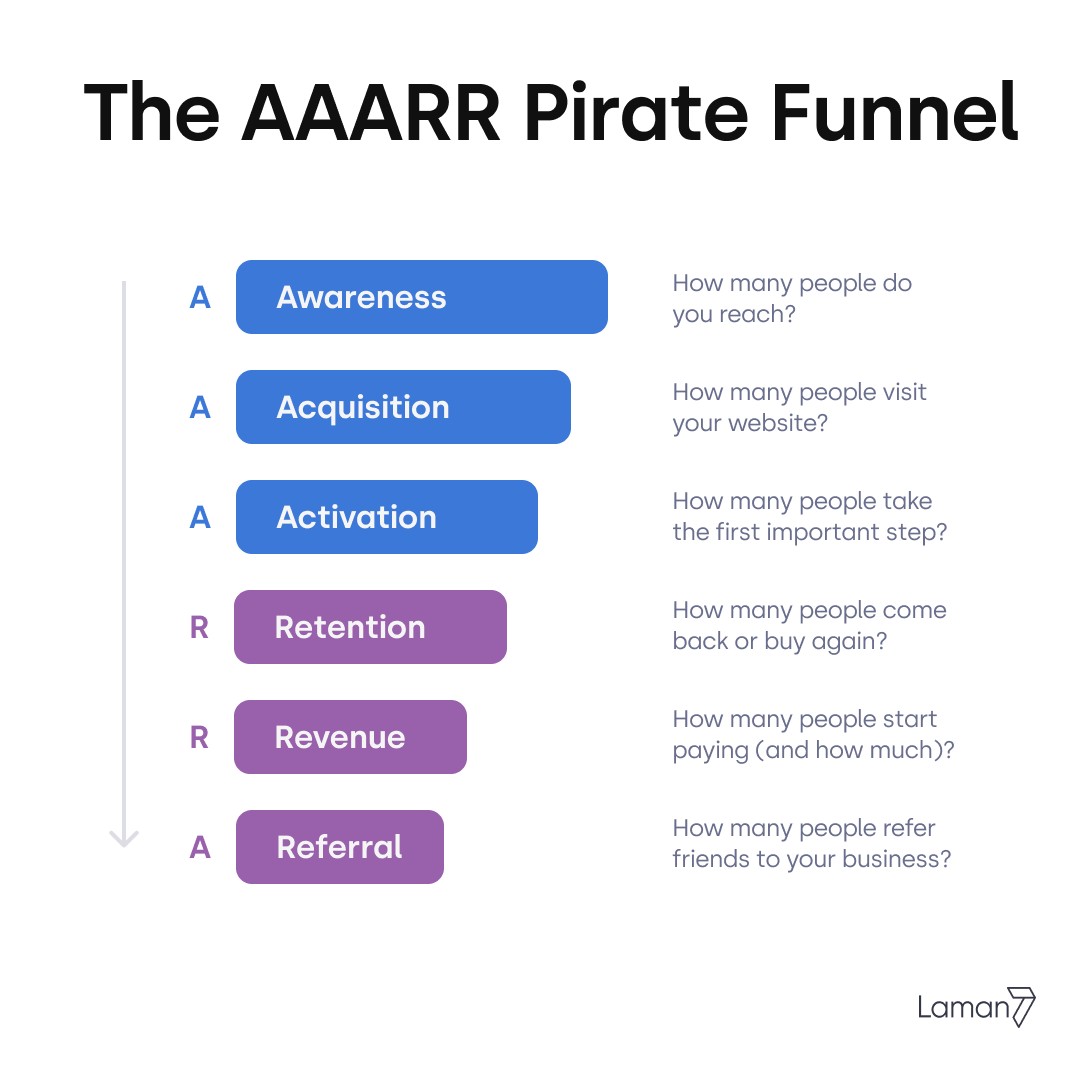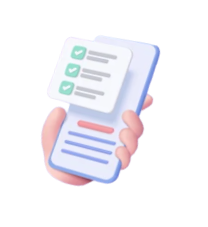As a business owner (which makes me an investor), I treat my Website as a marketing asset. Whether you’re in Sales, Corporate Comm or Marketing, the resources you pour into your website will make or break your organisation.
20 years ago, a website was a new Marketing channel. Businesses jumped on the bandwagon and treat it like another business checklist.
Time has changed. Those who continually stuck in the traditional mindset and treat website as cost center, would not gain as much compared to ones who treat it like an asset.
Treat your website not as a cost centre, but as a capital asset—one that can appreciate, generate recurring returns, and be optimised over time.
Table of Contents
What is a Marketing Asset?
A marketing asset is any piece of content, tool, or resource that your business creates and owns with the primary purpose of attracting, engaging, and converting your target audience.
This can range from tangible items like whitepapers, eBooks, and product brochures to digital properties such as blog posts, videos, infographics, interactive calculators, and, critically, your website itself.
Each asset embodies a slice of your brand’s value proposition and is optimized to deliver a specific message, address a particular customer need, or guide prospects smoothly through the buyer’s journey.
Beyond mere collateral, a true marketing asset is designed to appreciate over time—much like an investment. It generates compound returns by improving search rankings, nurturing leads through automated workflows, and serving as the foundation for repurposed campaigns across email, social media, and paid channels.
Unlike one‑off advertising spend, these assets continue to deliver value long after they’re created, building brand authority, fostering customer trust, and reducing your overall cost per acquisition as they attract new prospects and drive conversions on an ongoing basis.
Below are seven investor‑minded steps to transform your website into a high‑yield marketing asset.
1. Conduct Due Diligence: Audit & Valuation
Before you pour more resources into your site, treat it like you would a financial investment, start with rigorous due diligence.
This means performing a full performance audit: dive into your analytics to measure traffic trends, bounce rates, conversion paths, and revenue attribution. Catalog every piece of content and feature; blogs, landing pages, tools, forms—and assess their individual returns (sessions, leads, sales).
Then assign them a rough valuation: estimate the direct revenue each asset generates and the intangible benefits it delivers, such as SEO equity, brand awareness, and subscriber growth.
By quantifying both tangible and intangible value, you establish a clear baseline from which to measure future improvements, prioritize high‑yield opportunities, and ensure that every dollar you invest into new features or content is backed by data, not guesswork.
Performance Audit
- Traffic & Engagement: Review sessions, bounce rate, and time on page.
- Conversion Yield: Measure form submissions, downloads, and sales.
Asset Valuation
- Monetary Value: Estimate revenue directly attributable to your site (e‑commerce sales, lead value).
- Intangible Value: Brand equity, SEO rankings, email subscribers.
2. Define Clear Objectives & KPIs
Thought for a couple of seconds
Next, establish precise targets and the metrics you’ll use to track progress—just as an investor sets expected returns before committing capital.
Start by defining your high‑level objectives (e.g., “Increase qualified leads by 30% in six months” or “Achieve a 5:1 marketing ROI”) and then break these into specific KPIs such as monthly organic sessions, lead‑to‑customer conversion rate, average order value, and customer lifetime value.
Leverage tools like Google Analytics (or GA4) for traffic and behavior data, Google Search Console for keyword performance, SEMrush/Ahrefs for competitive insights, and your CRM or marketing automation platform (HubSpot, Marketo, Salesforce) for lead‑generation and revenue attribution.
Use a BI dashboard (e.g., Google Data Studio or Tableau) to consolidate these metrics in one place—giving you real‑time visibility into which strategies are underperforming and where to redeploy your “investment” for the highest yield.
- Return on Investment (ROI): e.g., “Generate $5 in revenue for every $1 spent on content.”
- Key Metrics:
- Lead Acquisition Cost
- Lifetime Value (LTV) per customer
- Conversion Rate (%)
3. Optimize the Conversion Funnel

Build a marketing funnel with your Website. Maximize the yield on each visitor by smoothing out friction points:
User Experience (UX) Enhancements
- Simplify navigation—no more than three clicks to a primary CTA.
- Improve page load speed to reduce “bounce risk.”
A/B Testing & Yield Optimization
- Test headlines, button colors, and form placements like a trader tests strategies.
- Double down on variants that boost conversion.
4. Diversify Your Content Portfolio
An investor never puts all capital into one stock—apply the same principle to content:
| Content Type | Purpose | Risk Mitigation |
|---|---|---|
| Listicles & How‑Tos | Quick traffic & featured snippets | Low production cost |
| Pillar Pages | Authority & long‑tail SEO | Evergreen longevity |
| Interactive Tools | High engagement & lead capture | Continuous updates |
| Webinars & Videos | High perceived value & nurture | Production overhead |
5. Automate & Scale Your Campaigns
Automate and scale your campaigns by turning manual processes into self-driving engines. Use marketing automation tools like Make.com, Activepiece, or N8N.
Leverage marketing “machinery” to reduce manual overhead and boost throughput:
- Marketing Automation: Drip email sequences for new leads.
- Chatbots & Live Chat: Capture interest 24/7 without salary overhead.
- Scheduled Publishing: Use editorial calendars and automation tools to maintain a steady content cadence.
6. Integrate Lead Capture with Your CRM
Convert site traffic into acquired “assets” (leads) and track their journey:
Seamless Data Flow
- Sync forms, chat interactions, and downloads with your CRM (e.g., HubSpot, Salesforce).
- Assign lead scores automatically based on behavior—just like risk grading.
Nurture & Up‑sell
- Trigger targeted emails or retargeting ads as visitors engage deeper—maximizing lifetime value.
7. Measure, Analyse, Reinvest
Treat performance metrics like financial returns: set up integrated dashboards in Google Analytics (GA4), Google Data Studio, or a BI tool like Tableau, and tie those insights back to your CRM (e.g., HubSpot or Salesforce) to see exactly which pages, campaigns, and channels are delivering the highest ROI.
Analyze trends—traffic growth, conversion rates, lead quality, and revenue attribution—to pinpoint your true winners and underperformers. Then, redeploy budget and resources into the strategies and assets that move the needle, whether that means expanding a high‑performing content series, refreshing evergreen guides, or scaling paid promotions on channels with proven returns.
By continuously closing the loop of measurement, analysis, and reinvestment, you ensure your website not only maintains its value but grows stronger over time.
A true investor continually monitors portfolio performance and rebalances:
- Regular Reporting: Monthly dashboards on traffic, conversion, and ROI.
- Content Refresh: Update high‑ROI pages with new data, visuals, or CTAs.
- Reinvest Profits: Allocate a portion of returns into new experiments (e.g., paid ads, premium content).
Final Thought
By applying an investor’s disciplined due diligence, diversification, yield optimization, and continuous reinvestment, you can turn your website from a static expense into a dynamic marketing asset that grows in value and drives measurable business returns.
Start today by valuing your site and setting your first performance targets.
Most Websites Aren’t Ready
Most B2B websites aren’t marketing-ready. They’re old-fashioned and do not address the problems and goals users want to achieve. Whether it’s website redesign, repositioning, or framing the challenges you are tackling, I’d like you to please get our expert’s point of view. Let’s discuss your website and how we can turn it into a Marketing Asset.
Book a Meeting




